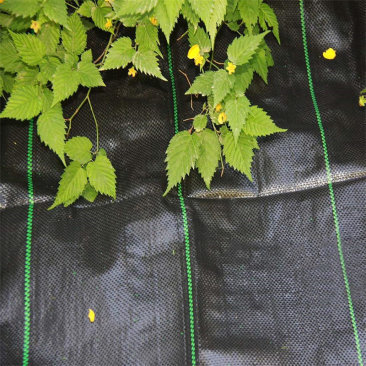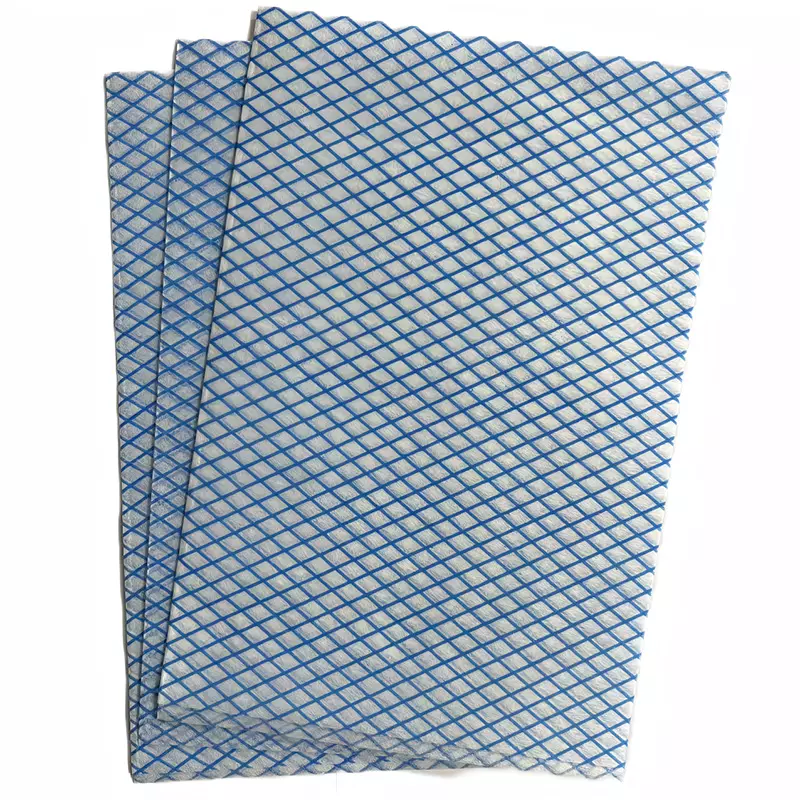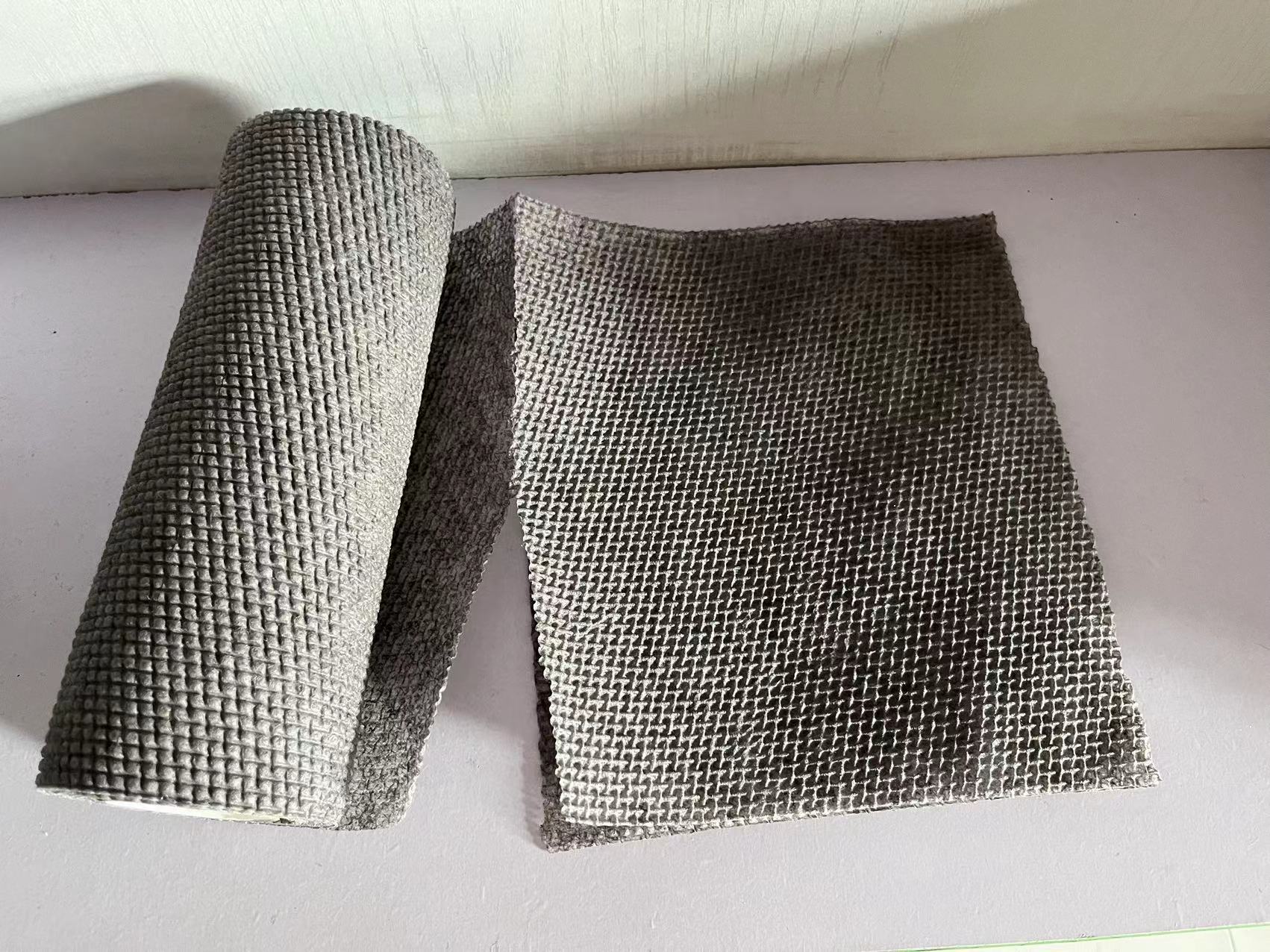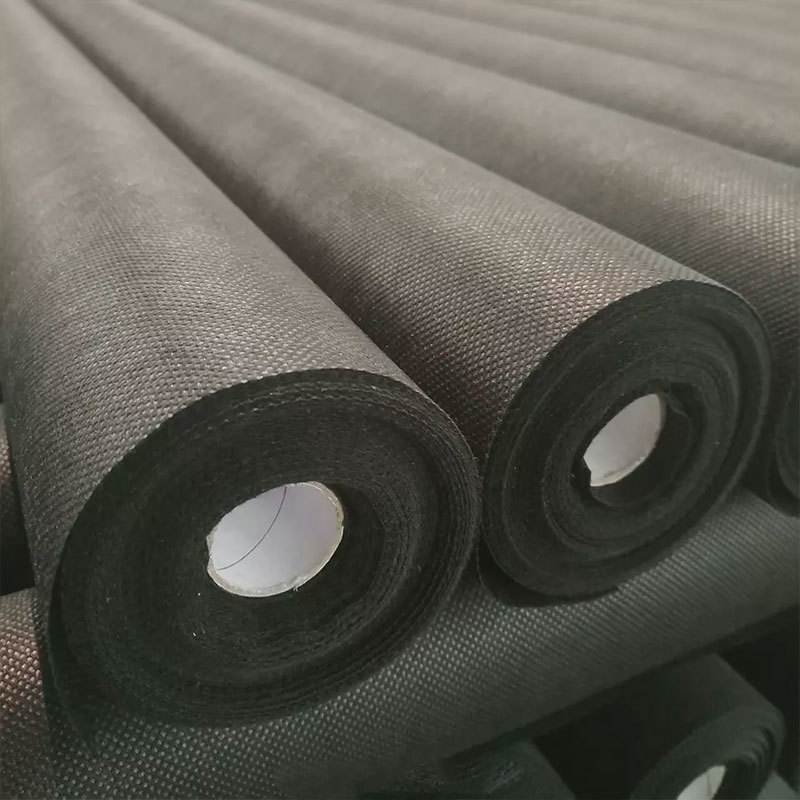16
2025
-
06
Effective Strategies for Garden Weed Control Fabric in Construction and Landscaping
Garden weed control fabric plays a crucial role in landscaping and construction projects, especially when managing unwanted vegetation in gardens and outdoor spaces. This specialized fabric serves as a barrier that inhibits weed growth while allowing essential nutrients and water to penetrate the soil, thus promoting healthy plant development. Understanding how to effectively utilize garden weed c
Garden weed control fabric plays a crucial role in landscaping and construction projects, especially when managing unwanted vegetation in gardens and outdoor spaces. This specialized fabric serves as a barrier that inhibits weed growth while allowing essential nutrients and water to penetrate the soil, thus promoting healthy plant development. Understanding how to effectively utilize garden weed control fabric can significantly enhance the success of your landscaping initiatives.
One of the primary benefits of using garden weed control fabric is its ability to reduce maintenance efforts. By preventing weeds from germinating and taking over the garden or construction site, this fabric saves time and resources that would otherwise be spent on manual weeding or applying herbicides. As a result, landscapers and construction professionals can focus their efforts on more critical tasks, such as planting and site development.
Moreover, garden weed control fabric is particularly useful in preventing soil erosion. When installed correctly, it helps stabilize the soil, which is especially beneficial on sloped landscapes where erosion might otherwise be a concern. The fabric not only reduces the chances of weed growth but also maintains soil integrity, ensuring that your landscaping projects remain intact over time.
When selecting garden weed control fabric, it is essential to consider the material's permeability and durability. Fabrics made from non-woven materials often provide excellent filtration and drainage properties, making them ideal for various applications, from flower beds to vegetable gardens. Additionally, selecting high-quality, UV-resistant fabrics ensures that the material will withstand environmental factors such as sunlight and moisture, extending its lifespan and effectiveness.
Installation of garden weed control fabric is a straightforward process, but it does require some attention to detail. First, clear the area of existing weeds and debris, ensuring a clean surface for installation. Next, lay the fabric down, overlapping seams where necessary to prevent weeds from breaking through. Secure the fabric using stakes or landscape pins, particularly on windy days to ensure it stays in place. Finally, cover the fabric with mulch or decorative stones to enhance aesthetics while providing additional weight to hold the fabric down.
In conclusion, integrating garden weed control fabric into your landscaping and construction projects can lead to significant improvements in both aesthetics and functionality. By effectively managing weed growth, enhancing soil stability, and reducing maintenance requirements, this fabric proves to be an invaluable asset for professionals in the field. Proper selection, installation, and maintenance of garden weed control fabric will ultimately contribute to the longevity and success of your landscaping initiatives.
One of the primary benefits of using garden weed control fabric is its ability to reduce maintenance efforts. By preventing weeds from germinating and taking over the garden or construction site, this fabric saves time and resources that would otherwise be spent on manual weeding or applying herbicides. As a result, landscapers and construction professionals can focus their efforts on more critical tasks, such as planting and site development.
Moreover, garden weed control fabric is particularly useful in preventing soil erosion. When installed correctly, it helps stabilize the soil, which is especially beneficial on sloped landscapes where erosion might otherwise be a concern. The fabric not only reduces the chances of weed growth but also maintains soil integrity, ensuring that your landscaping projects remain intact over time.
When selecting garden weed control fabric, it is essential to consider the material's permeability and durability. Fabrics made from non-woven materials often provide excellent filtration and drainage properties, making them ideal for various applications, from flower beds to vegetable gardens. Additionally, selecting high-quality, UV-resistant fabrics ensures that the material will withstand environmental factors such as sunlight and moisture, extending its lifespan and effectiveness.
Installation of garden weed control fabric is a straightforward process, but it does require some attention to detail. First, clear the area of existing weeds and debris, ensuring a clean surface for installation. Next, lay the fabric down, overlapping seams where necessary to prevent weeds from breaking through. Secure the fabric using stakes or landscape pins, particularly on windy days to ensure it stays in place. Finally, cover the fabric with mulch or decorative stones to enhance aesthetics while providing additional weight to hold the fabric down.
In conclusion, integrating garden weed control fabric into your landscaping and construction projects can lead to significant improvements in both aesthetics and functionality. By effectively managing weed growth, enhancing soil stability, and reducing maintenance requirements, this fabric proves to be an invaluable asset for professionals in the field. Proper selection, installation, and maintenance of garden weed control fabric will ultimately contribute to the longevity and success of your landscaping initiatives.
garden weed control fabric
Prev












